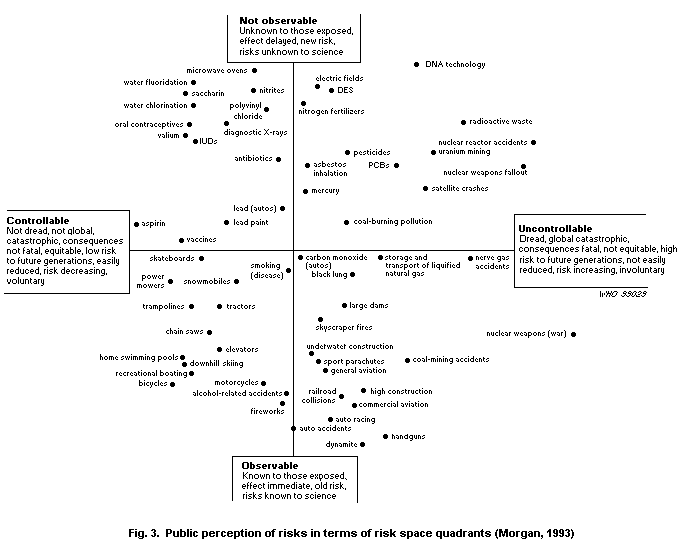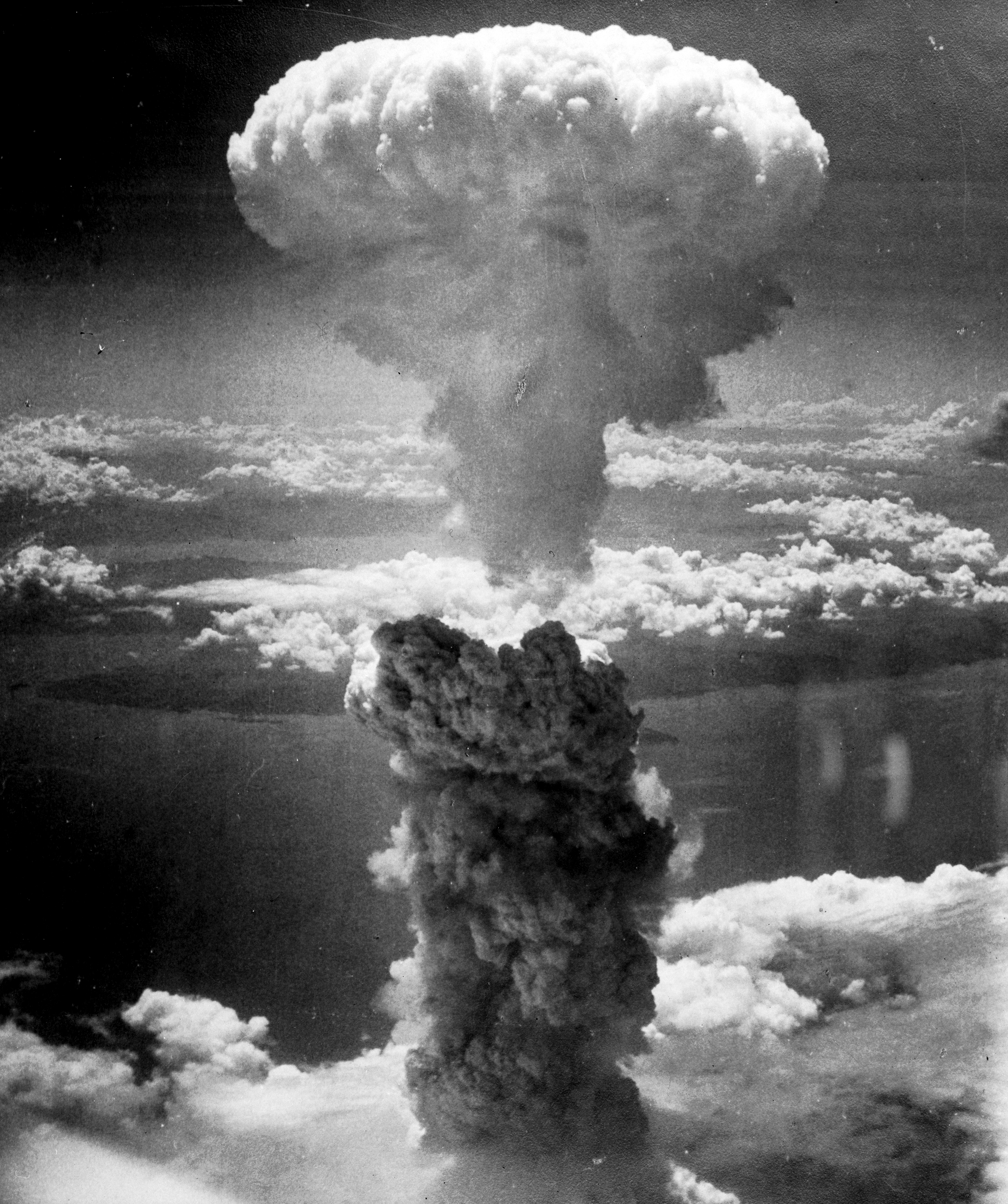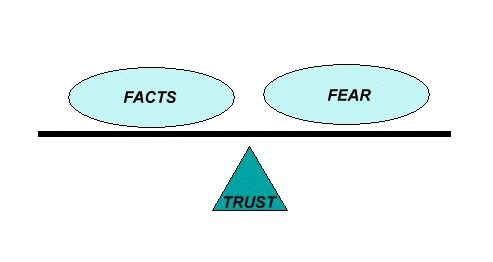Saturday, January 14, 2006
RISK PERCEPTION


“How politicians view the public:
* Incapable of grasping complex issues
* Incapable of forming relevant views
* Believe anything they read in newspapers
* Opinions are shaped by narrow selfish concerns
* Apathetic
* Will not take the time or trouble to consider anything that does not affect them directly
In short gullible, selfish and irresponsible”
A. Coote, J. Franklin (10)
Fright /Dread Factors:
The following perceptions may make a risk seem less acceptable ie., more worrying:
* risk is involuntary
* risk seen as inequitable
* risk seen as inescapable
* source of risk unfamiliar or novel
* risk man-made rather than natural
* hidden and irreversible damage
* danger to small children or future generations
* form of harm arouses much dread
* victims identifiable not anonymous
* risk appears to be poorly understood by science
* contradictory statements from responsible sources.
Peter Bennett, David Coles, Anne McDonald, 1999 (37)(link)
1. Assessment of nuclear risk
2. Bhopal disaster
3. Chernobyl accident
4. Concerned Citizens for Nuclear Safety Detailed articles on nuclear watchdog activities in the US
5. Criticality nuclear accident
6. Goiânia nuclear accident
7. International Nuclear Events Scale
8. List of civilian nuclear accidents
9. List of civilian radiation accidents
10. List of countries with nuclear weapons
11. List of military nuclear accidents
12. List of nuclear accidents
13. List of nuclear and radiation accidents
14. List of nuclear reactors
15. List of radiation accidents and other events causing radiation casualties
16. Norwegian heavy water sabotage
17. NTI: Nuclear Threat Initiative
18. Nuclear meltdown
19. Nuclear proliferation
20. Nuclear risks
21. Nuclear Weapons Data
22. Official List of accidents involving nuclear weapons from the UK Ministry of Defence
23. Opinion essay arguing for a totally "nuclear-free" world
24. Osirak- Iraq reactor destroyed pre-emptively by Israeli air-strike, 7 June 1981
25. Radiation
26. Radiation poisoning
27. Radioactive contamination
28. Radiological Incidents Database
29. Three Mile Island nuclear accident
30. Ukrainian missiles 'gone missing'
31. Windscale nuclear accident
IMAGES (from top):
- David Ropeik, former journalist and lecturer at the Harvard School of Public Health, describes the subtle balance in risk communication between emotions (fear), facts and trust, as a see-saw in which trust is the fulcrum and facts and fear balance against each other at opposing ends.(link)
- Public perception of risks in terms of risk space quadrants (Morgan, 1993)(link)
-


“How politicians view the public:
* Incapable of grasping complex issues
* Incapable of forming relevant views
* Believe anything they read in newspapers
* Opinions are shaped by narrow selfish concerns
* Apathetic
* Will not take the time or trouble to consider anything that does not affect them directly
In short gullible, selfish and irresponsible”
A. Coote, J. Franklin (10)
Fright /Dread Factors:
The following perceptions may make a risk seem less acceptable ie., more worrying:
* risk is involuntary
* risk seen as inequitable
* risk seen as inescapable
* source of risk unfamiliar or novel
* risk man-made rather than natural
* hidden and irreversible damage
* danger to small children or future generations
* form of harm arouses much dread
* victims identifiable not anonymous
* risk appears to be poorly understood by science
* contradictory statements from responsible sources.
Peter Bennett, David Coles, Anne McDonald, 1999 (37)
links
IMAGES (from top):
- David Ropeik, former journalist and lecturer at the Harvard School of Public Health, describes the subtle balance in risk communication between emotions (fear), facts and trust, as a see-saw in which trust is the fulcrum and facts and fear balance against each other at opposing ends.
- Public perception of risks in terms of risk space quadrants (Morgan, 1993)
-














































